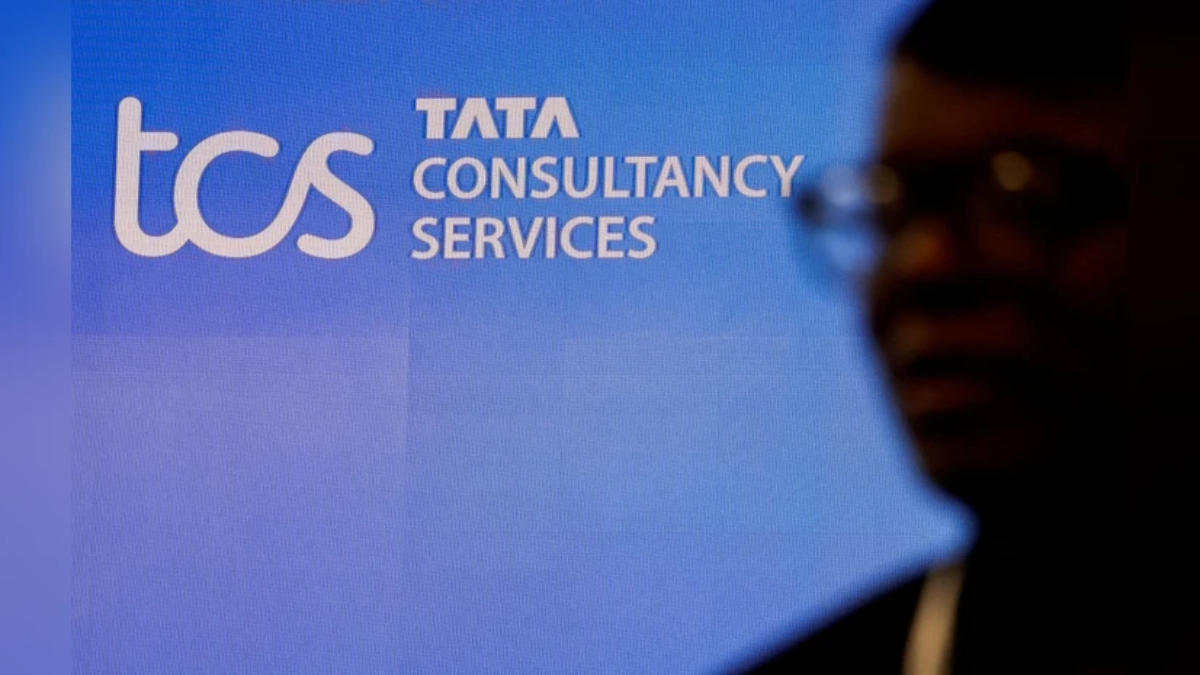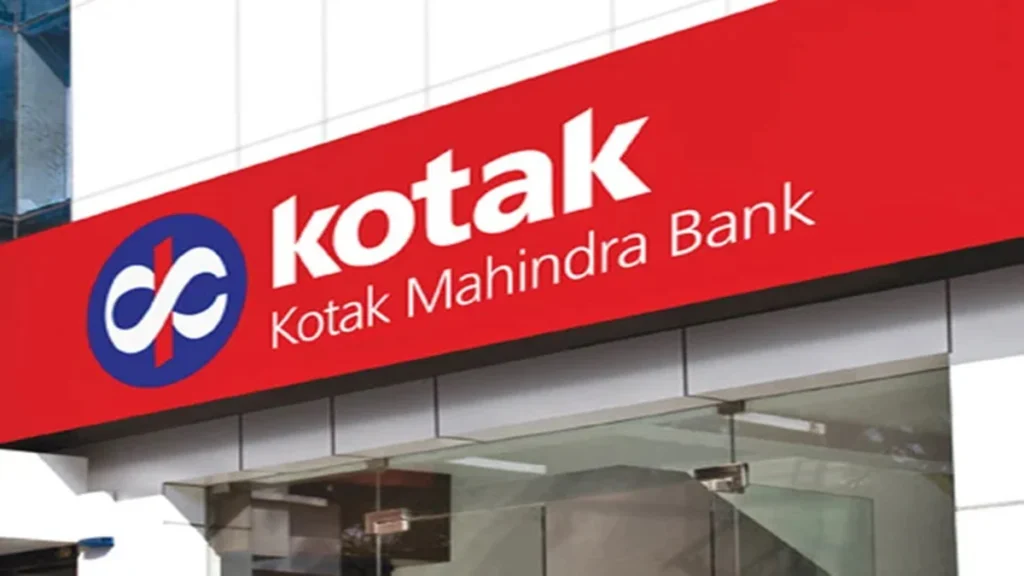Now Reading: Major IT Stock ‘S’ Falls After Q2 Profit Miss; Dividend Declared
-
01
Major IT Stock ‘S’ Falls After Q2 Profit Miss; Dividend Declared
Major IT Stock ‘S’ Falls After Q2 Profit Miss; Dividend Declared

Shares of the Indian IT bellwether, which we will refer to as ‘S’ (Tata Consultancy Services – TCS based on search results), saw a moderate decline in early trading today, reacting to the company’s fiscal second-quarter earnings, which were announced after market hours yesterday. While the company’s revenue performance managed to slightly surpass market forecasts, its consolidated net profit fell short of the street’s highly optimistic estimates, leading to a cautious opening for the stock.
The IT giant reported a net profit of Rs 12,075 crore for the July-September quarter of FY26, marking a tepid year-on-year increase of approximately 1.4%. This figure, however, missed the consensus analyst forecast, which had pegged the bottom line closer to Rs 12,500 crore. The revenue from operations stood at Rs 65,799 crore, recording a 2.4% rise year-on-year, a number that was generally viewed as robust given the prevalent cautious spending environment in key global markets.
The Profit Puzzle and Investor Reaction
The slight deviation in net profit from expectations appears to have been the primary factor driving the stock’s negative reaction. Despite the top-line beat, investors often place significant weight on the net profit as a measure of a company’s efficiency and profitability, especially in a sector facing margin pressure due to wage hikes and operational headwinds.
The operational metrics, however, offered a more reassuring picture. The company’s Operating Margin (EBIT Margin) saw an expansion, improving by approximately 70 basis points (bps) sequentially to 25.2%. Management attributed this margin resilience to disciplined execution and operational efficiencies, partly compensating for the impact of annual wage increases. Furthermore, the Total Contract Value (TCV) for the quarter was reported at a strong $10 billion, indicating a healthy deal pipeline and future revenue visibility.
Dividend Announcement Provides Shareholder Comfort
In a move that often pleases investors and underscores the company’s robust cash position, the board of ‘S’ also declared a second interim dividend of Rs 11 per equity share. The company set the record date for this payout as October 15, and the dividend is scheduled for payment on November 4, 2025. While the dividend provides a direct return to shareholders and acts as a minor buffer against price volatility, it was not enough to offset the broader sentiment generated by the profit miss.
Strategic Thrust Towards AI and Data Centres
Beyond the immediate financial figures, the company’s management made a significant announcement outlining a strategic push into next-generation technologies. This includes the formation of a new entity to build a 1 GW capacity Artificial Intelligence (AI) data centre infrastructure in India, a massive investment projected to span 5-7 years and cost several billion dollars. The firm also announced the acquisition of a US-based Salesforce partner, ListEngage, to strengthen its capabilities in digital and CRM solutions. These long-term strategic investments in high-growth areas like AI and cloud infrastructure are being viewed by some analysts as critical to securing future growth, although the sheer scale of the investment is also raising questions about its potential near-term impact on capital structure and cash flows.
Brokerage Views and Forward Outlook
Following the results, several leading brokerages have reiterated their long-term bullish outlook on the stock, citing the company’s strong deal wins, focus on operational efficiency, and the new strategic direction. Analysts highlighted that the current dip might present a buying opportunity, forecasting a potential upside of up to 20% in the coming months, provided the execution of the new AI-centric strategy remains on track.
In conclusion, while the quarterly net profit performance of IT major ‘S’ slightly disappointed the market, causing a temporary dip in the share price, the strong revenue, stable margins, attractive dividend payout, and decisive strategic shift towards AI and data centres suggest that the underlying business momentum remains intact for the long haul. The focus now shifts to the management’s guidance on the demand environment and the precise execution plan for their ambitious, future-focused investments.










